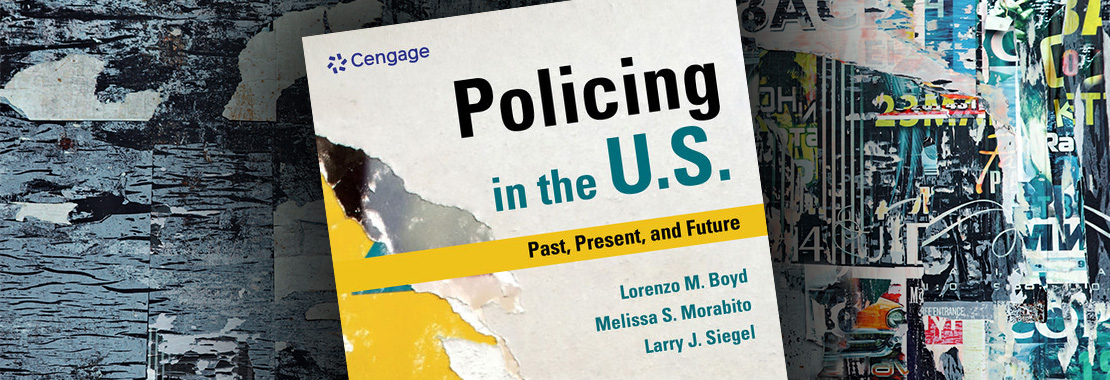The textbook “Policing in the U.S. Past, Present, and Future” takes a fresh look at contemporary policing issues. The book examines police topics while adding perspective and context and expanding the typical sound-bite explanations of interactions between the police and the community.
Written from a social justice perspective, this book addresses controversial issues in policing in a fair and balanced way with the intention of presenting detailed information. The text pulls no punches and focuses on levels of accountability and professional responsibility. This book will allow students to rethink traditional policing strategies and consider more efficient, user-friendly methods of providing unbiased police services in all communities. But why do so many people take offense to the term “social justice”? Let’s look at that term.
The term “social justice”
It has increasingly become a badge of honor for activists to claim a social justice stance in their advocacy. Several scholars and policy makers have also cited social justice as a foundation for their views. Numerous educators have been teaching from a social justice lens to give alternatives to traditional ways of viewing the criminal justice system. Many people who feel that the traditional justice system has failed them have also touted the need for a social justice paradigm shift. But what exactly is social justice, and how does it work? Regardless of how often this term is used, it is often unclear in any practical sense what it means when someone mentions the term social justice or how it influences policies, curriculum, and grass roots advocacy.
First, if we can agree on a working definition of the word “justice,” then we will have a good starting point. I offer the definition of justice being the ethical & philosophical idea that people should be treated fairly, properly, and reasonably by the law and the government agents that carry out the law. It’s worth noting that with justice comes accountability. Justice has many parts, but I will focus on two. The first part of justice deals with fair process. The fair process can be linked back to the 14th amendment and equal protection under the law. This is the process of determining how fairly people are being treated by the CJ system (procedural justice). The second part deals with fair and adequate outcomes. Equality is the fundamental ideal … similarly situated people should receive similar outcomes (distributive justice).
The concept of social justice
Once we agree on the concepts of justice, then we can begin to look at the concept of social justice. The term social justice can be explained as the equal distribution of benefits and burdens throughout society. People are inherently absorbed in their own self-interest. Social exchange theory suggests that people are self-interested in their judgments and choices. Social justice tries to refocus the attention on rewards, punishment, and accountability equally across society. This is an ideal that most could agree with.
Social justice is as much about accountability as it is about equity. People need to be held accountable for their actions and no one is above the law. As the book “Policing in the U.S.: Past, Present, and Future” tries to give a critical framework to students who may go into policing, we also want them to become ethical decision makers in the field. This social justice perspective helps protect everyday people from those who would commit crimes or prey on them, and it helps the police better serve the community in procedurally just ways.
The concept of social justice also helps good police officers by not having them lumped in with the misdeeds of rogue officers. In many ways, social justice can be viewed in the same manner as body-worn cameras; it goes beyond what is alleged and helps people see the true story. Social justice is rooted in procedural justice and can be an instrument to help build bridges between the police and the communities that they serve. “Policing in the U.S.: Past, Present, and Future” teaches students that “social justice” is not a term to be feared or misunderstood. In fact, it is a term to be embraced in a search for true justice and equity as students embark on a career in policing in the U.S.
Written by Dr. Lorenzo M. Boyd, Ph.D.


